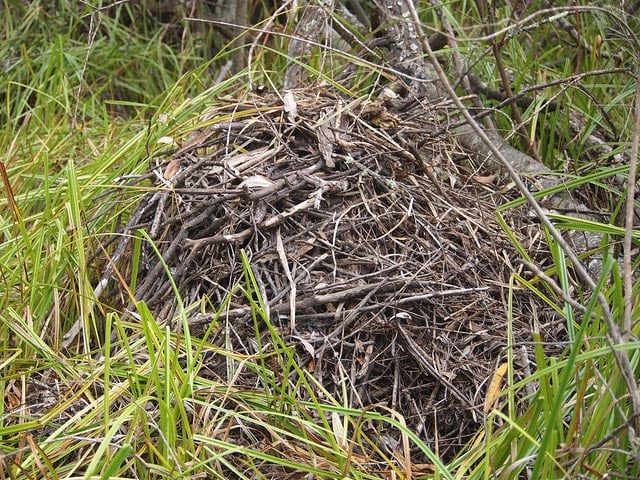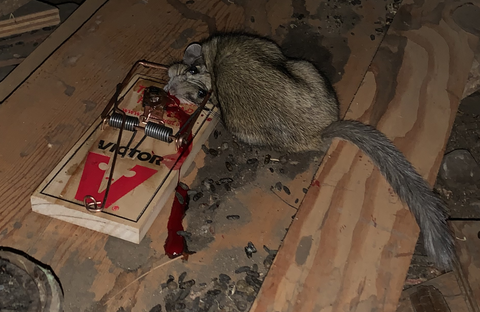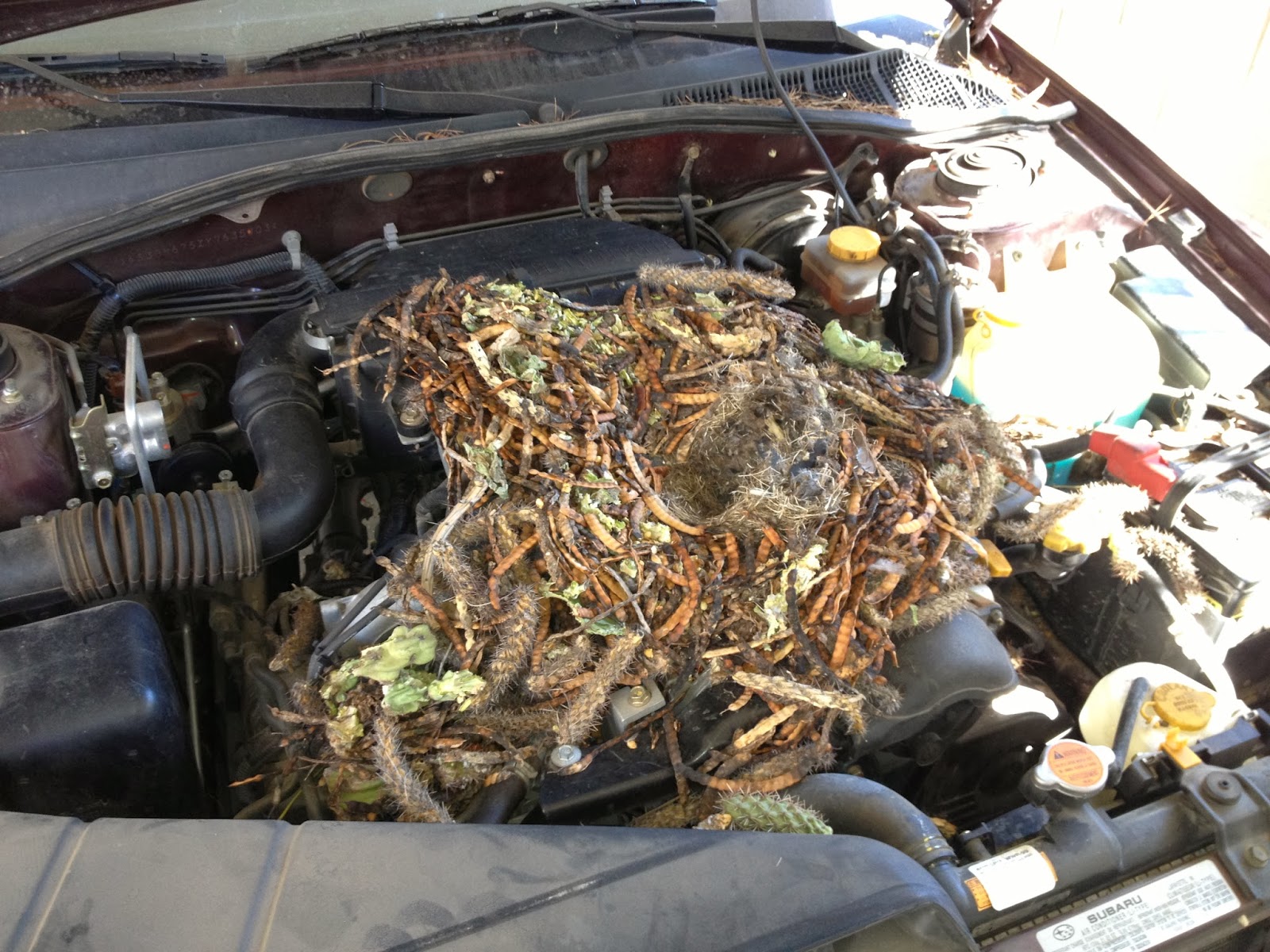
Are Woodrats and Pack Rats the Same?
What is a woodrat?
Woodrats, also known as pack rats or trade rats, are small rodents found throughout most of the United States. They are characterized by their habit of collecting and hoarding various objects and materials to build their nests. The terms "woodrats" and "pack rats" can be used interchangeably. These types of rats have a particular affinity for small, shiny items, but they also gather bones, pieces of wood, and other debris. When they come across an interesting object, they may drop or trade what they're carrying for the new item, earning them the name "trade rat." One of the most common species of pack rat, or woodrat, in the U.S. is the bushytail woodrat.
What are the behaviors of woodrats or pack rats?
Pack rats are similar in size to common Norway rats or brown rats, but they have a furry tail that resembles that of a short-haired squirrel. They also have large, protruding ears. These rats build nests, known as middens, using plant materials such as branches, twigs, sticks, and other debris. These nest structures can be as large as 4 feet across and are sometimes shaped like beaver dams. Pack rats construct their nests in trees, at the base of trees, on rocky ledges, and even in man-made structures like attics, basements, woodsheds, abandoned vehicles, or machinery left unused for long periods. They also create and use latrine areas, which are piles of feces often found on rocks or other structures. These latrine areas may contain a smelly, sticky black tar-like substance.

Image above showing typical pack rat nest or den. These can be found at ground level or up in trees.
Pack rats remain active year-round and feed on vegetation stored during the previous fall. Their diets can vary, but they will consume almost any plant found in their territory. Pack rats are skilled climbers and are typically active during the night.
Is the pack rat a friend or foe?
Pack rats can be seen as both friends and foes, depending on the situation and perspective. Here are the contrasting aspects:
Friend:
- Ecological Role: Pack rats play a vital role in the ecosystem by aiding in seed dispersal and contributing to plant growth through their foraging activities.
- Biodiversity Support: They add to the diversity of rodent species, promoting a balanced and healthy ecosystem.
- Natural Beauty: Some people appreciate woodrats for their unique appearance and behaviors, considering them interesting and adding to the natural charm of an area.
Foe:
- Property Damage: Pack rats can cause damage to buildings, vehicles, and infrastructure by gnawing on wires, insulation, and other materials. This can be costly and inconvenient for homeowners.
- Contamination and Health Risks: Pack rats may carry diseases and ectoparasites, posing potential health risks to humans and pets. Their droppings and nesting materials can also create unsanitary conditions.
- Crop and Garden Destruction: Woodrats have a tendency to damage fruit trees, crops, and gardens by consuming or damaging plants and vegetation.
Image above showing pack rat nest in engine compartment. This is a problem.
While pack rats have their ecological significance and can be appreciated in natural settings, their presence can also lead to property damage and health concerns when they encroach upon human habitats. Balancing their benefits and drawbacks is essential in determining their overall impact as either a friend or foe.
How can a pack rat, or woodrat, problem be controlled?
Pack rats can be controlled using snap traps, similar to those used for other types of rats or mice. One of the most effective baits to use in snap traps is the Bait Cage Bait Spread which is locked onto the trap with the Bait Cage attachment available in the Bait Cage Kit for Rat Traps. Pack rats are not typically afraid of new or man-made objects within their territory, making them relatively easy to trap. However, it is important to avoid using rat poisons, bait pellets, or bait blocks, as these can harm other wildlife species such as bobcats, owls, hawks, and other raptors. Rat poisons are also toxic to pets and children.
It is also important to permanently exclude pack rats from buildings. Since pack rats are climbers, it is necessary to seal off any openings along foundations, walls, chimneys, eaves, or roofs. Pieces of tin, hardware cloth, or chicken wire can be used for this purpose. It is crucial to seal openings where pipes, wires, or other entry points are present. See our article HERE on how to exclude invasive rodents. Excluding pack rats from vehicles, equipment, or certain outbuildings can be more challenging. However, removing nesting materials and periodically moving the equipment can discourage or deter them, and trapping can help eliminate them.



